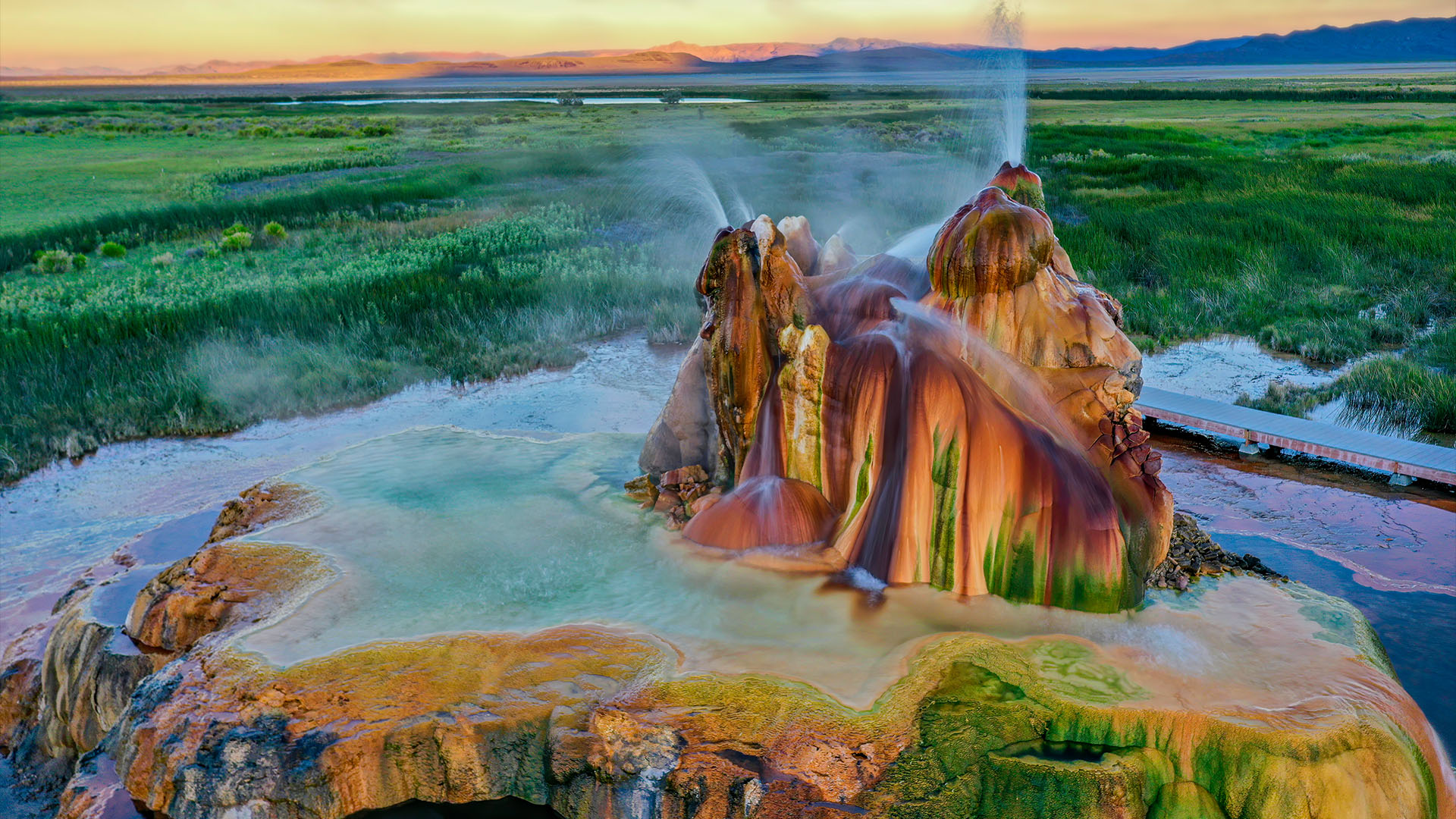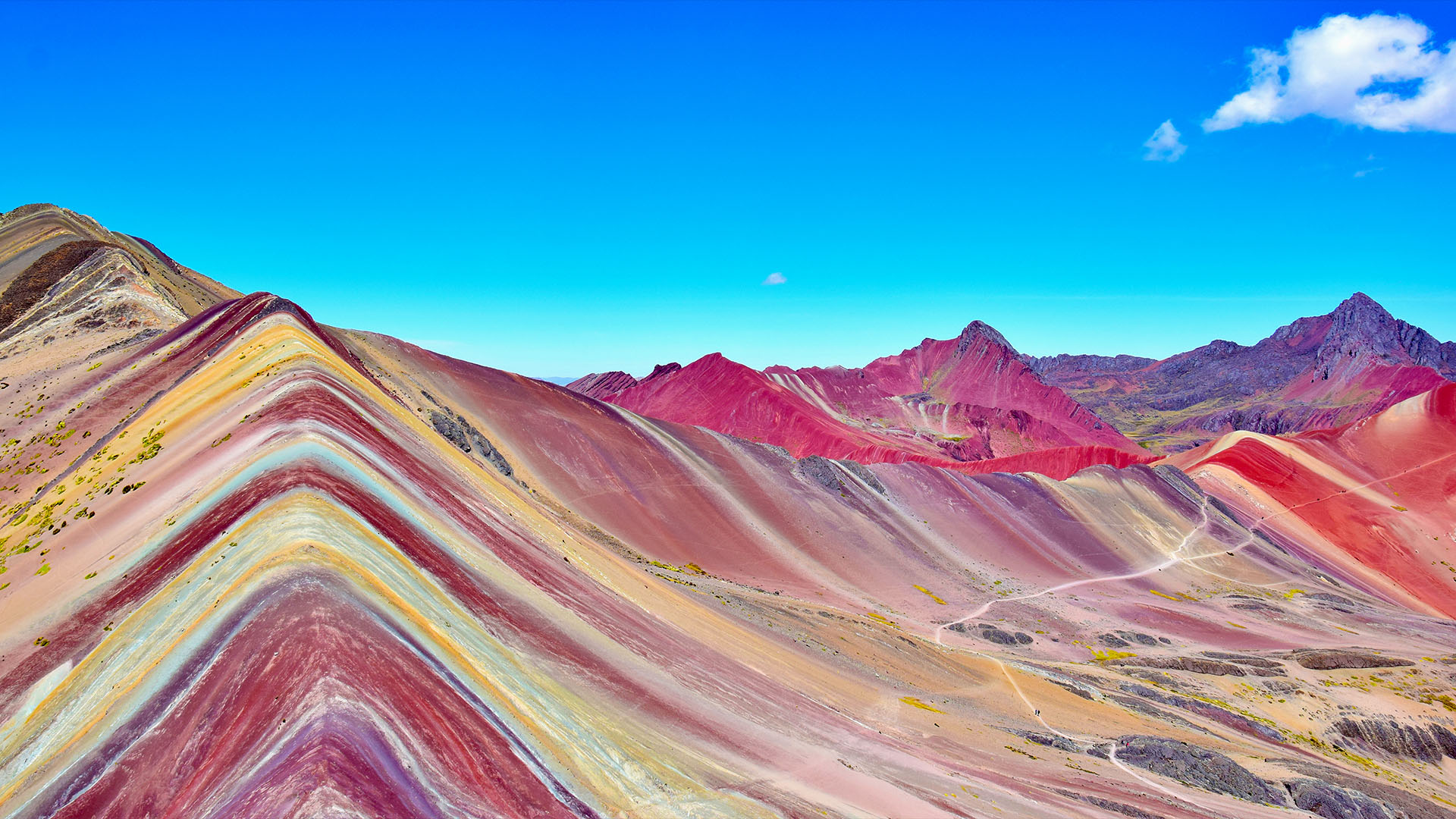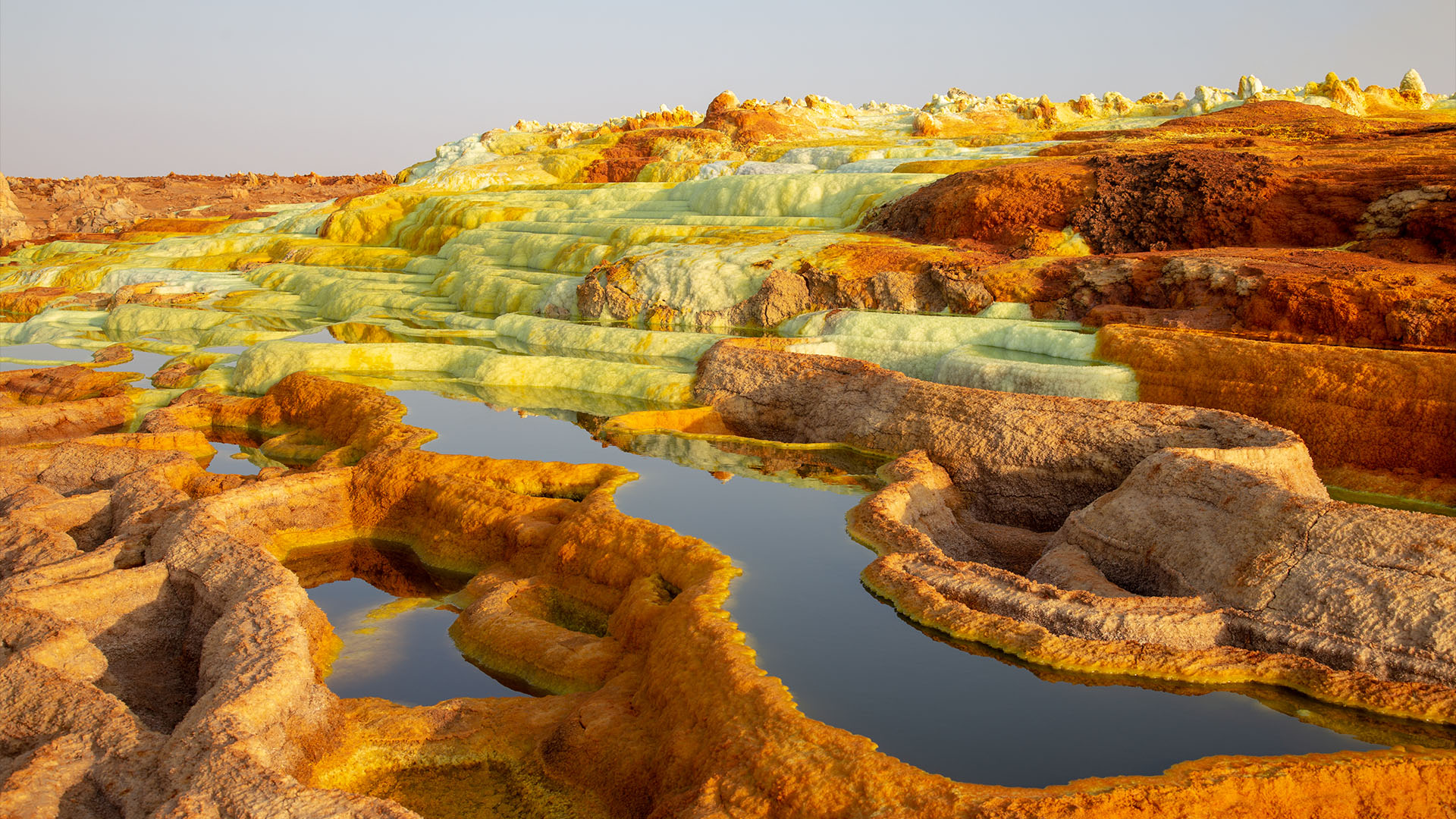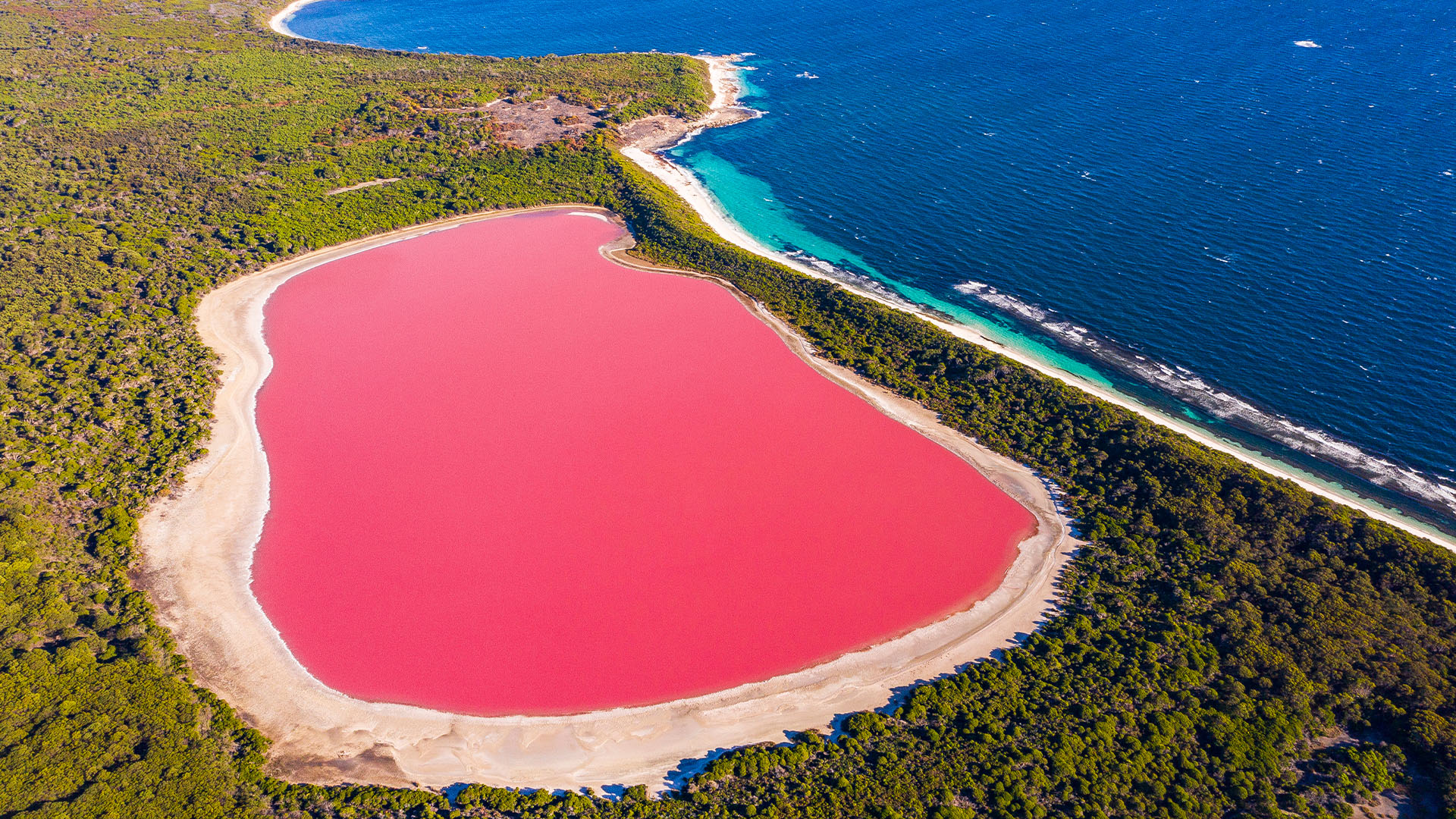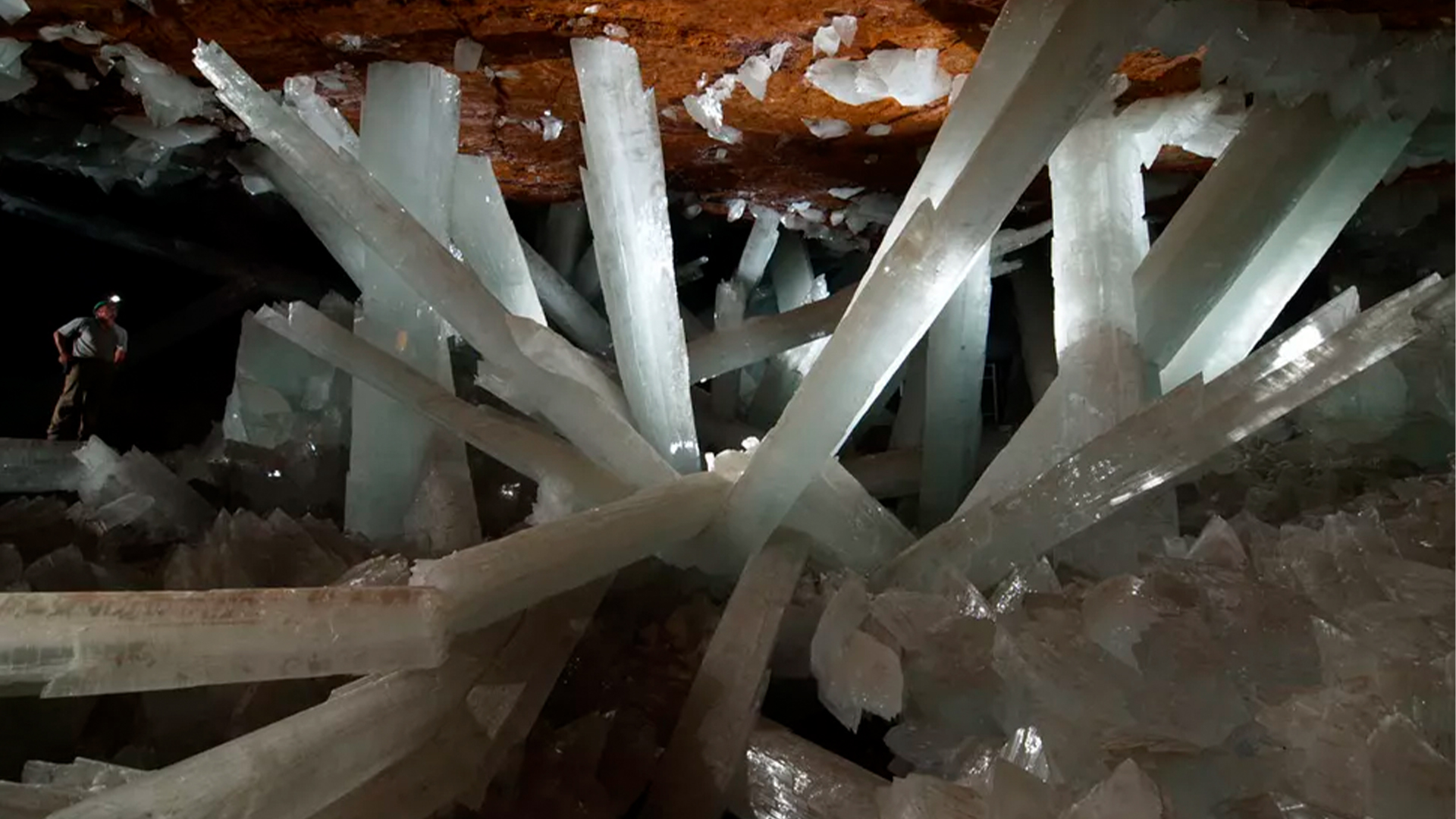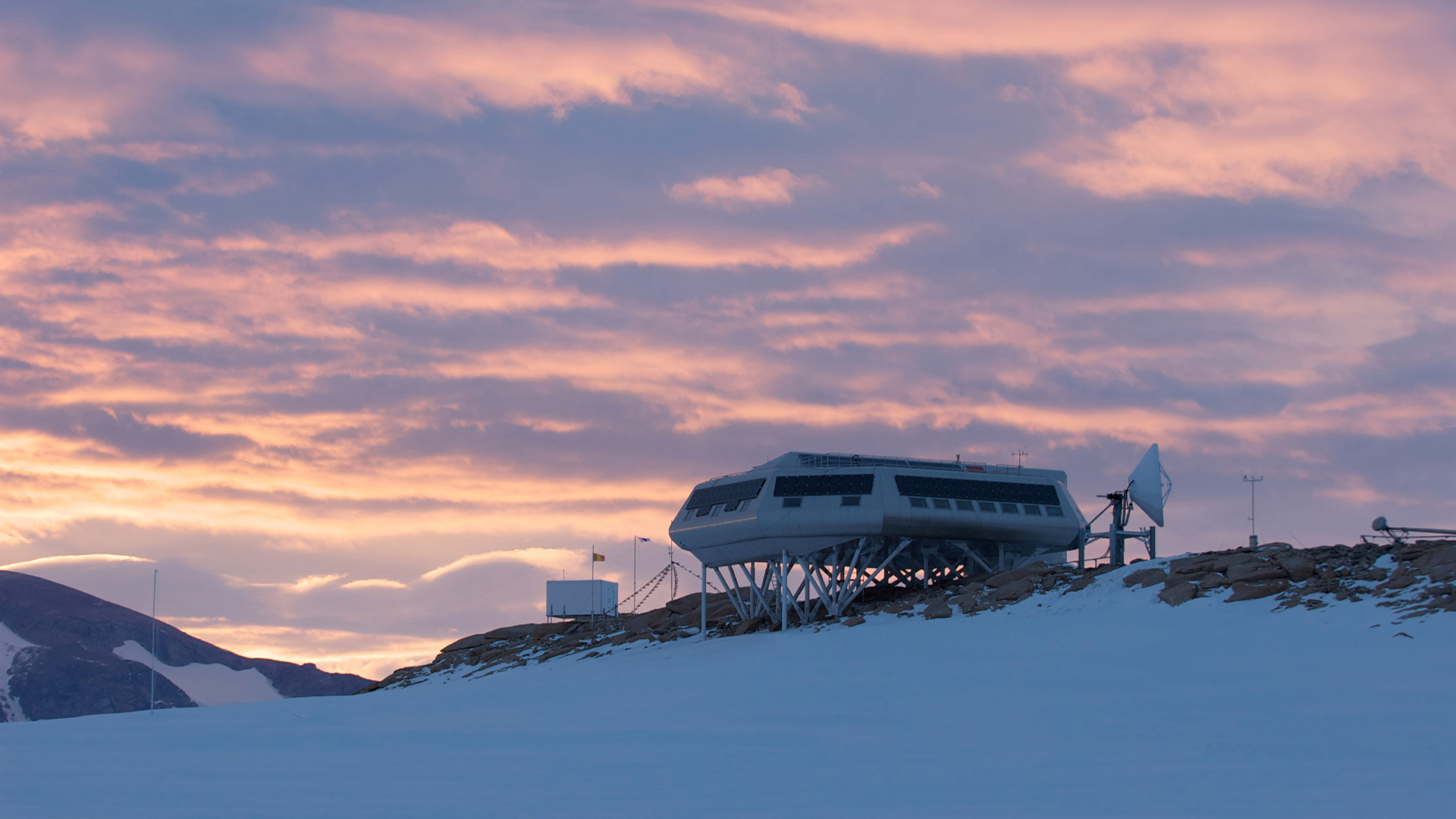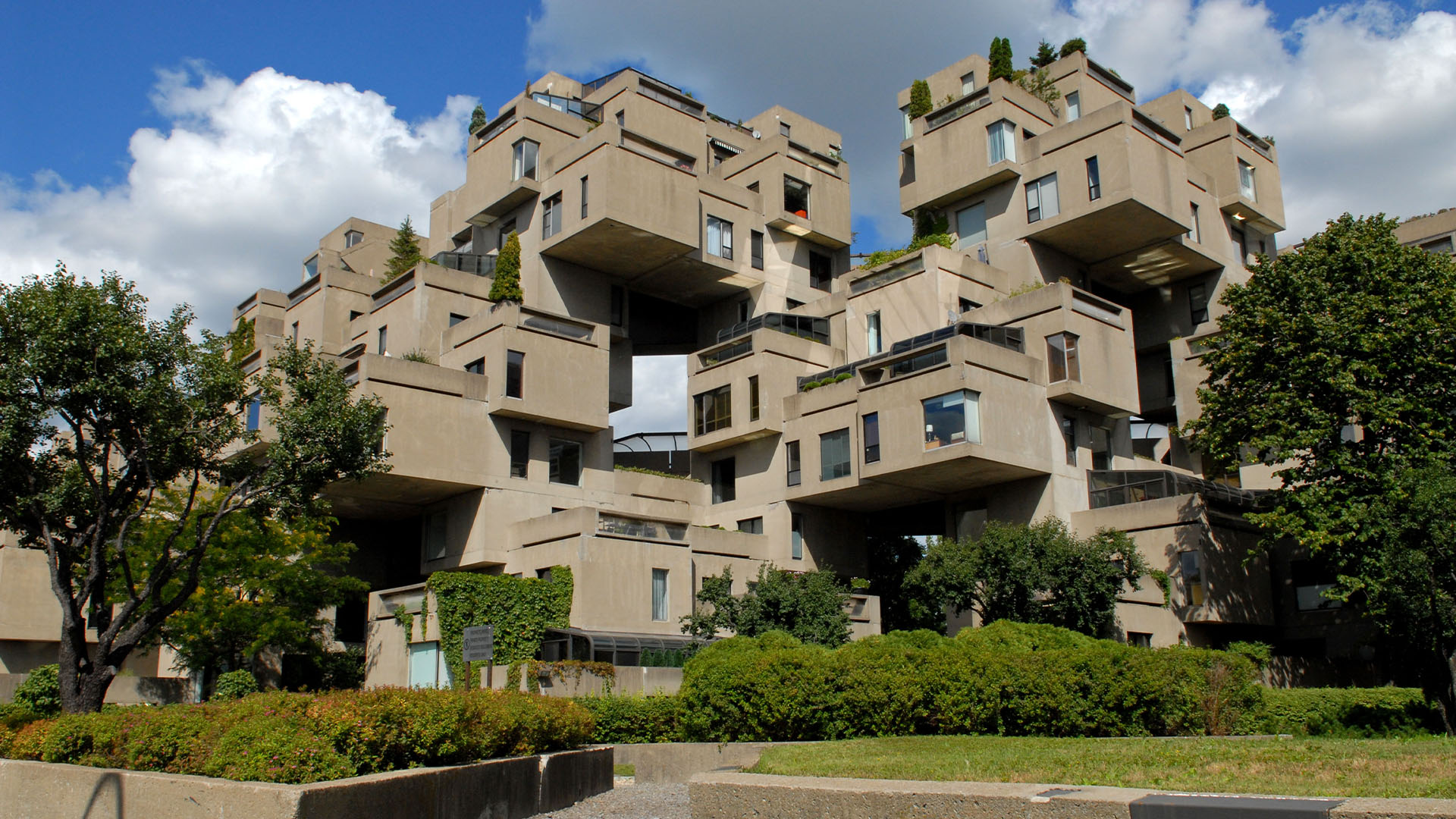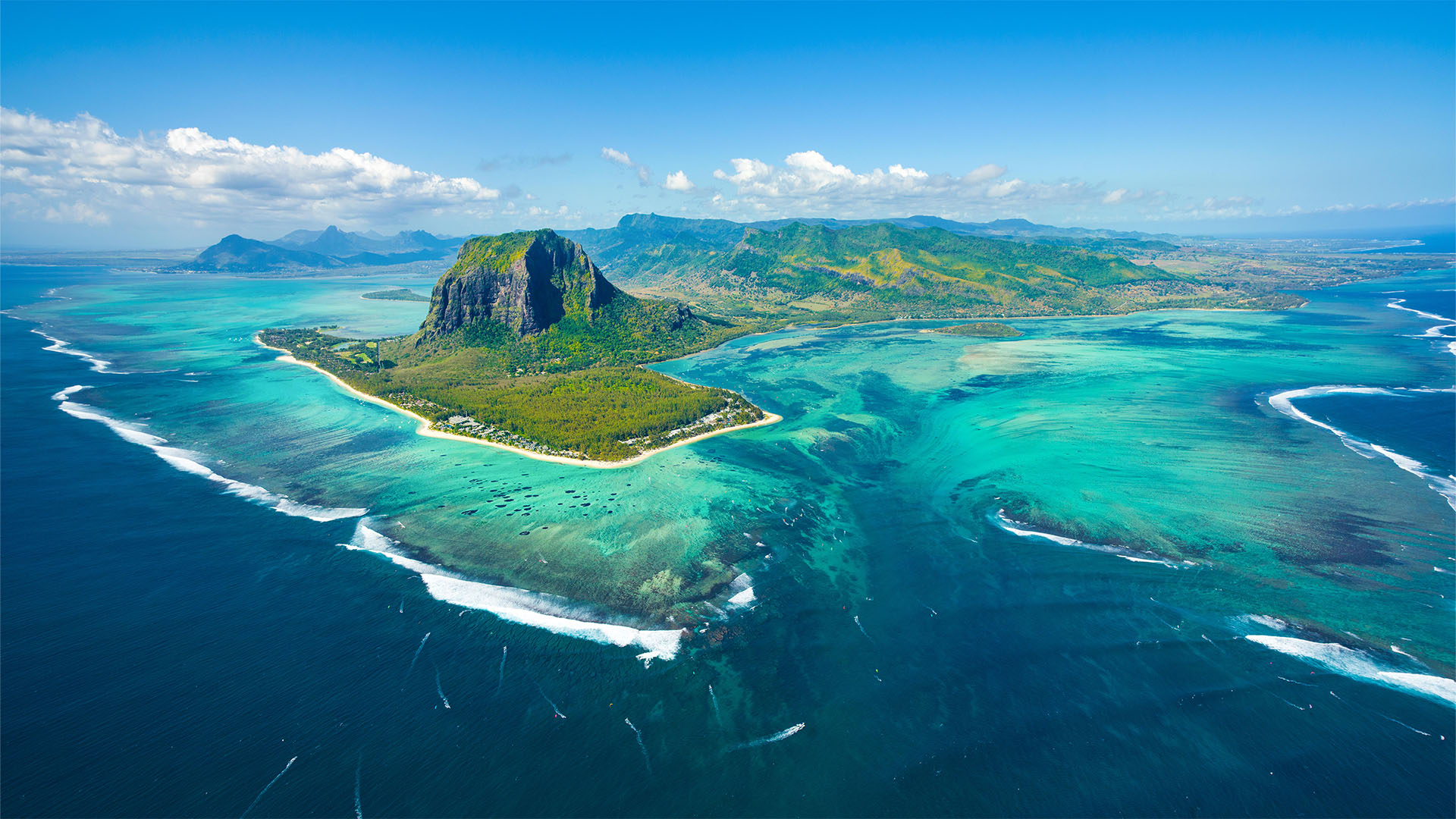15 places on Earth that look like alien planets
These stunning locations feel out of this world, but are actually right here on Earth.

While we often look to the stars, planets and moons for bizarre and fantastic sites, the Earth itself remains home to vast and varied landscapes and structures, fit for a science-fiction epic. Here are 15 of our favorites.
1. Fly Geyser, Nevada
This man-made geothermal geyser was created by accident. After the area had been drilled for water and resealed multiple times, Fly Geyser grew from mineral deposits. These deposits along with thermophilic algae create its fantastic red and green hues.
2. Grand Prismatic Spring, Yellowstone
Yellowstone's largest hot spring measures 200-330 feet (60 to 90 meters) in diameter and over 121 feet (36 m) in depth, according to the National Park Service. Its wild rainbow pattern is created by thermophilic algae and bacteria along a temperature gradation, with the hottest water — which is actually sterile and the cause of the vibrant blue shade — at the center of the spring.
3. Rainbow Mountain, Peru
Also known as Vinicunca, or the Mountain of Seven Colors, Rainbow Mountain was discovered in 2015 after its usual snow covering melted. Its colorful stripes of rose, gold, mint, and lavender are created from the mountain's mineral makeup and weathering over time.
4. Danakil Depression, Ethiopia
Danakil Depression is the result of the divergence of three tectonic plates beneath northern Ethiopia. Sulfur springs, volcanoes, geysers, lakes, and pools cover this spooky desert formation where temperatures reach over 122 degrees Fahrenheit (50 Celsius).
5. Lake Hillier, Australia
Australia's Barbie-pink Lake Hillier gets its candy-colored hue from algae, halobacteria, and microbes and has a salinity equal to that of the Dead Sea.
6. Cave of Crystals, Naica, Mexico
Massive crystal pillars of gypsum fill the hot, humid cavern of the Cave of Crystals. Its crystals are hundreds of thousands of years old and continue to actively grow.
Get the world’s most fascinating discoveries delivered straight to your inbox.
7. Princess Elisabeth polar research station, Antarctica
Princess Elisabeth station in Antarctica is the the first zero-emission polar research station. According to the International Polar Foundation, the center "integrates passive building technologies, renewable wind and solar energy, and water treatment facilities," and is dedicated to maximizing energy efficiency.
8. Habitat 67, Montreal, Canada
With a mission to to "reinvent the apartment building," architect Moshe Safdie created Habitat 67 in 1967 in Cité-du-Havre, an artificial peninsula in Montreal. The modular structure was meant to reinvent urban living and stands today as a unique architectural feet.
9. The Eden Project, Cornwall, England, UK
The Eden Project is an experimental garden, greenhouse, and sustainability center with a mission that focuses on "environmental harmony and social equity," located in Cornwall, England.
10. Underwater waterfall, Mauritius Island
The island of Mauritius, east of Madagascar in the Indian Ocean, is home to an "underwater waterfall" beneath its blue lagoon. The waterfall is actually an optical illusion caused by the drastic drop of the continental shelf.
11. Gardens by the Bay, Singapore
Singapore's Gardens by the Bay is a "showpiece of horticulture and garden artistry," that opened to the public in October, 2011. It is founded on sustainability, international horticulture, and a goal to showcase "a city in a garden."
12. Salar de Uyuni, Bolivia
The eerie, yet beautiful, landscape of Bolivia's Salar de Uyun is a center for salt and lithium harvesting, as well as a tourist destination.
13. Socotra, Yemen (dragon's blood trees)
The bizarre dragon's blood tree, with its vein-like umbrella canopy, is only native to the remote island of Socotra, located two hundred miles off Yemen.
14. The Wave, Coyote Buttes, Arizona
The winding, striped sandstone rock formation known as The Wave is part of the Coyote Buttes on the Arizona-Utah border in the U.S.
15. Svalbard Global Seed Vault, Norway
According to Crop Trust, the Global Seed Vault in Svalbard, Norway is "the ultimate insurance policy for the world's food supply," as it has the capacity to store 4.5 million crop varieties and up to 2.5 billion seeds. The vault is ready to withstand "doomsday" circumstances.

Annie is the production editor at Live Science. She has a background in writing and digital media and studied English and Anthropology at Fordham University in New York City.


